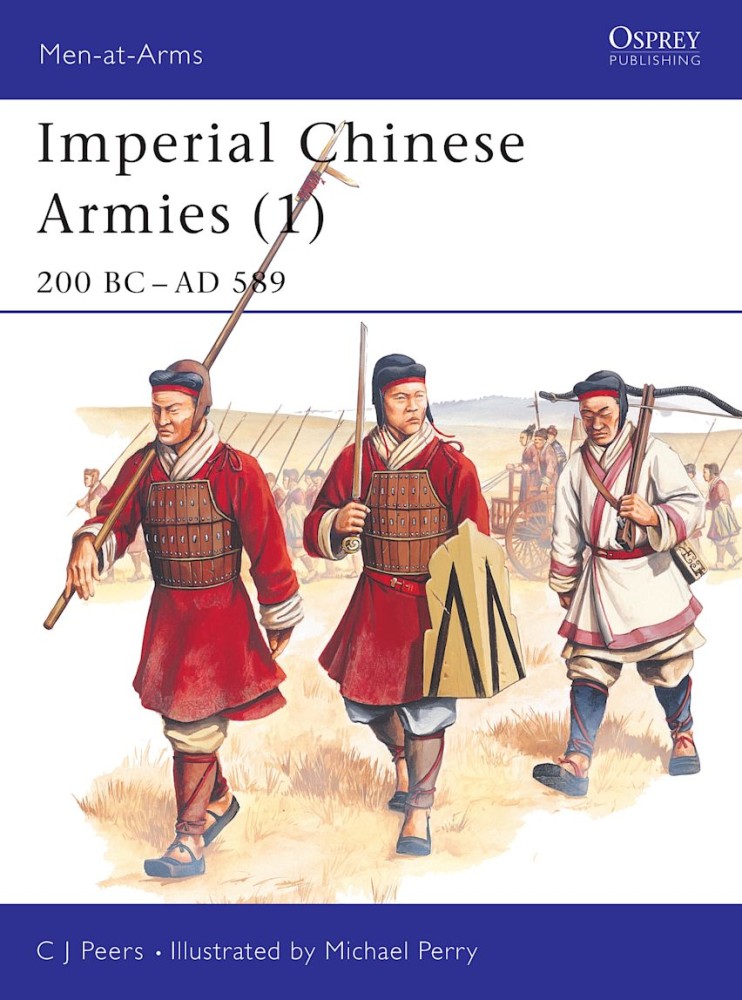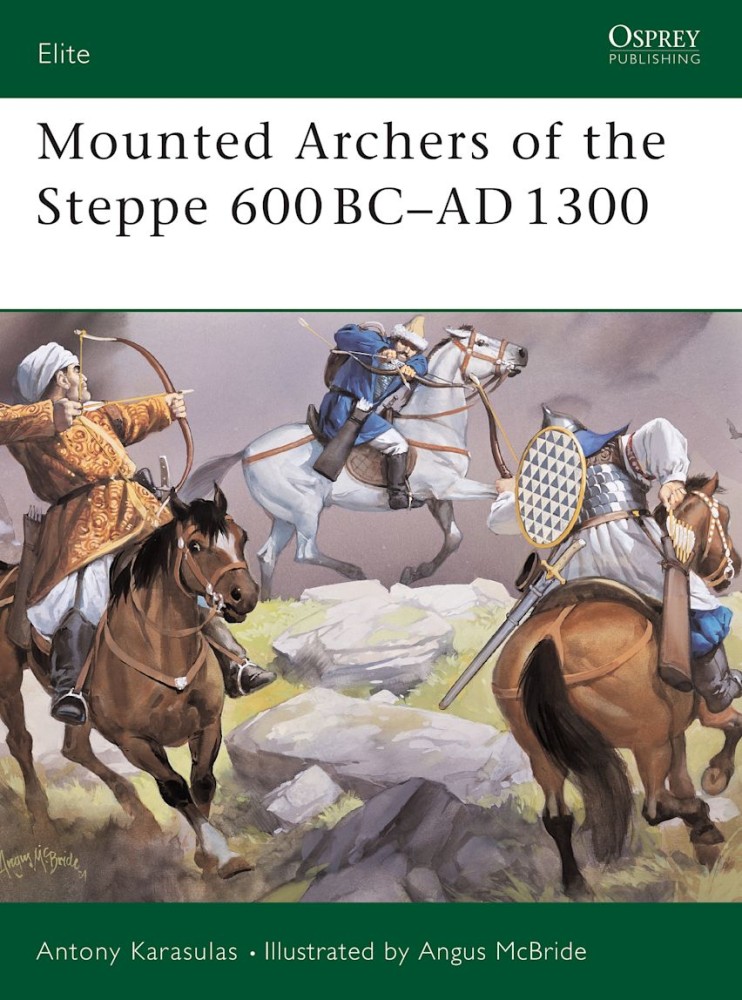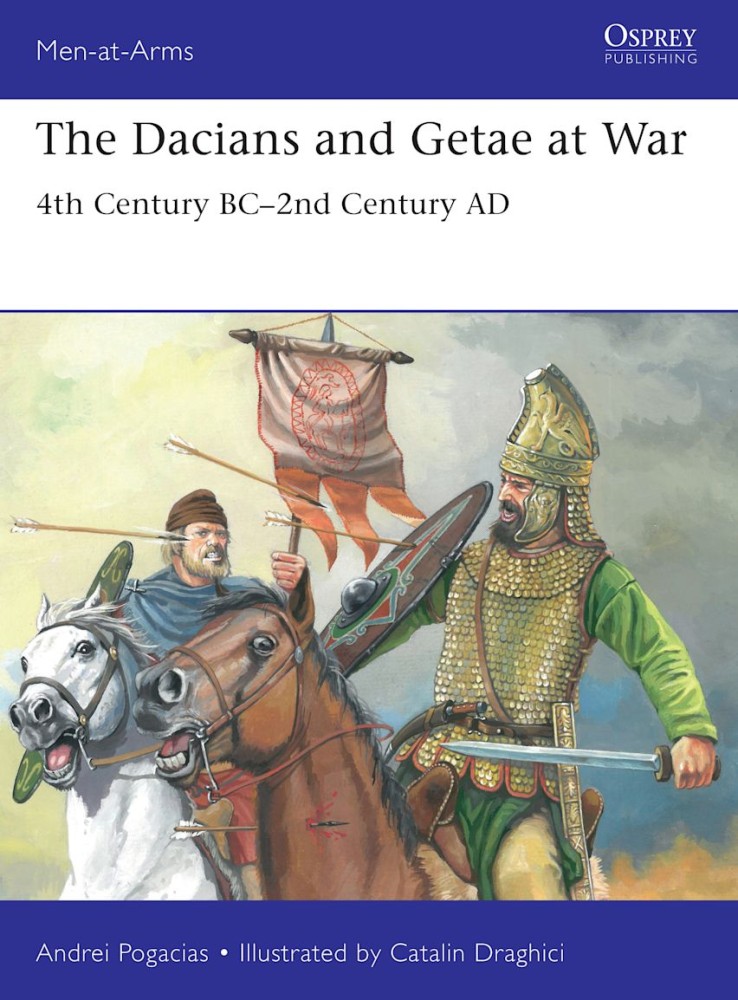After AD 304 the five 'barbarian' tribes divided north China among themselves, setting up dynasties which were often Chinese only in name, and feuding constantly both with each other and with the native states, whose stronghold was now in the south. It was under this barbarian influence that the heavily-armoured cavalry which were to become the striking force of the great T'ang dynasty in the 7th and 8th centuries first developed. In a knowledgeable text complemented by numerous illustrations, this book explores the history, weaponry, tactics and organisation of medieval Chinese armies between 200 BC and AD 589.
For more than 2,000 years hordes of mounted nomadic archers from the vastness of the steppe and from Central Asia spewed out into China, the Middle East, and Europe. Feared and reviled, they were a formidable threat to the lands they invaded. Their influence on military history is incalculable: the whole foundation of late Classical and Medieval Western and Middle Eastern military thought was based on the reality of a highly mobile, tough and unconventional foe, one which could strike almost anywhere at will and with highly effective long-range weapons. This book details the history, weapons, equipment and tactics of these fascinating warriors.
This intriguing book describes the Romans' formidably warlike enemies in modern Romania and Bulgaria – their 'most illustrated' opponents, thanks to friezes on Trajan's Column and carvings on Trajan's Adamklissi monument.



